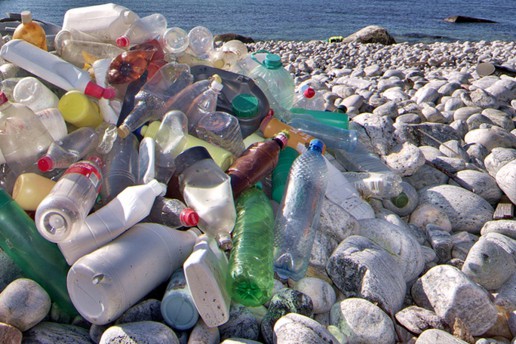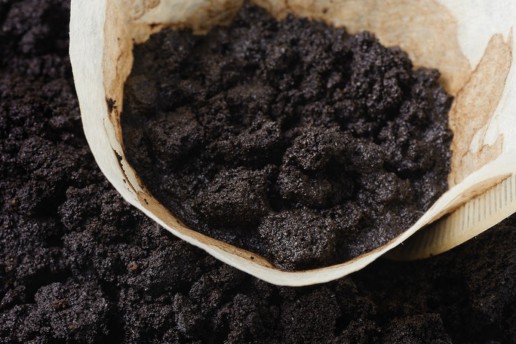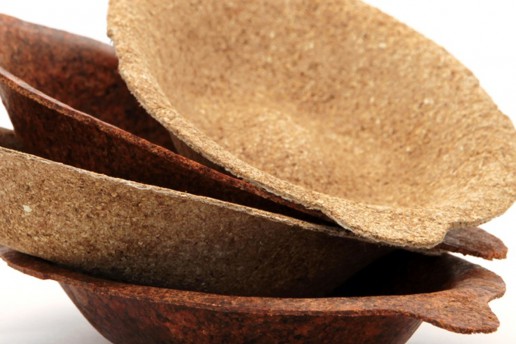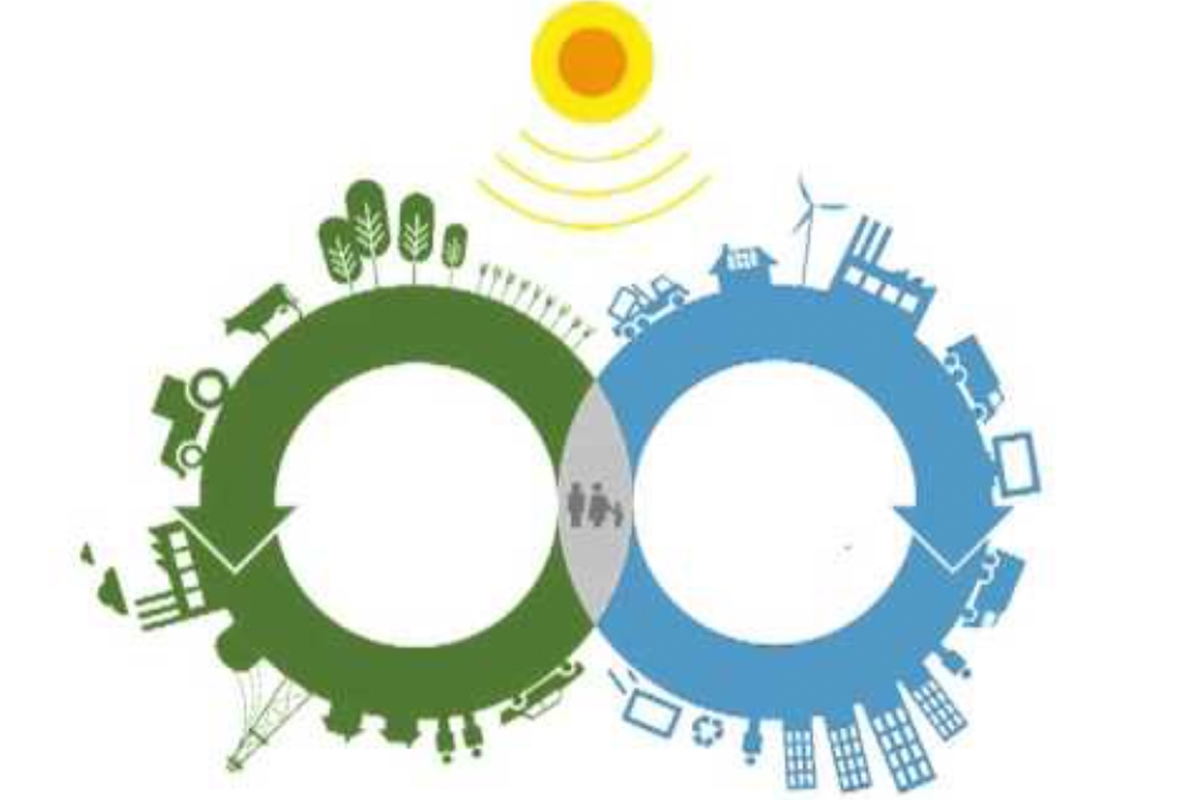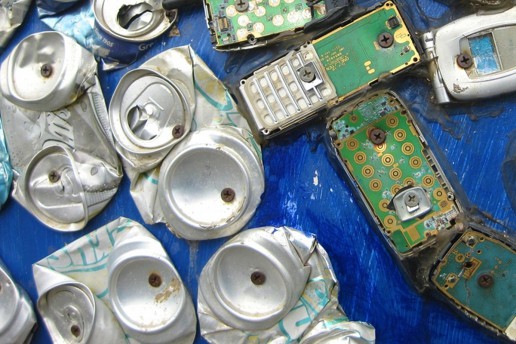The circular economy is not the same as ecological economics
Emil Urhammer
It is our impression that similarities are often made between circular economy and ecological economics. However, this is a mistake as the two are related, but nevertheless very different approaches. In brief, the difference between the two is that circular economy is a strategy for sustainable production and consumption, while ecological economics is a transdiscipinary scientific field. Given this difference, it makes sense to look at circular economy with ecological economic glasses. When this is done, it illustrates that the circular economy is an attempt to keep raw materials in the metabolic organism of the economy for as long as possible before new raw materials are extracted and the old are emitted as waste or are included as components in the biological cycle. In this way, circular economy can be seen as a strategy to limit the size of the economy’s metabolism without reducing the production of goods and services.
Having said that, one may ask what progress has been made with regards to this ambition. How circular is the global economy? A group of researchers consisting of Willi Haas and Fridolin Krausmann, amongst others, have investigated this in an article from 2015. They conclude that we are far from achieving a circular global economy. They find that only six percent of the total amount of raw materials that the global economy uses and processes is recycled, thus contributing to closing the circle. The two biggest challenges in this regard are that: 1) a very large share of the materials that are used in the economy are used for energy production, which means they can no longer be included in the cycle, and: 2) a large share of the materials is trapped in buildings and other infrastructure, which means that it can not be freed for new productive purposes. Therefore, with regards to energy, in order to achieve a circular economy it is important that the transition from fossil to renewable energy sources continues at a high pace. Overcoming the second challenge requires completely new ways of building and producing, where it is easy to dismantle things into their various separate components so that they can be included in new buildings and products.
One can also ask whether the circular economy is a strategy to achieve sustainability in general. In this connection, ecological economists would probably be sceptical. It is a little complicated to explain as it requires knowledge of some of the fundamental laws of physics, but part of the scepticism towards circular economy is that the laws of thermodynamics limit the amount of materials that can be recycled. In this way, some people think that the laws of nature still set limits and that the circular economy is not a recipe for infinite green growth. In line with this, it has also been stated that the circular economy is in no way a guarantee for the conservation of biodiversity and ecosystem services. Materials that are circulating in the cycle also take up space so a growing circular economy would also pose major challenges in terms of the conservation of habitats and ecosystems.
Product chains
Emil Urhammer
Circular economy is mainly concerned with how so-called product chains can be transitioned so they create more value with fewer resources and less pollution. Product chain is a term that describes the life cycle of a product from the extraction of the materials used to produce it and the energy involved in the production until it ends up as waste in a landfill site or, as demanded by the circular economy, is reused or recycled. Such a process is called a product chain because it can be seen as a connected chain of value that is added through processing and design. To take a simple example, coffee, it is possible to say that the total product chain for coffee starts at the coffee plantation in South America or Africa and ends in rubbish bins in Denmark, where the coffee grounds end up after the coffee beans have been harvested, roasted, packed, transported, ground and brewed. At every step until the coffee has been drunk, value is added, but this stops once the coffee becomes grounds. The coffee is worth more once it has been picked than when it was still on the tree, just as the roasted beans are more valuable than they were before the process, etc.
However, coffee is a very simple example, which primarily illustrates the principle of added value, but even in such a relatively simple product chain as coffee there is potential for establishing circular upgrades. For example, in Denmark, coffee grounds have been used to grow mushrooms such as oyster hats, which can be sold and used in cooking. This is an example of how the biological cycle of coffee can be extended.
If you take a more advanced product such as the mobile phone, for example, the story becomes immediately more complicated, while the potential for circular upgrades also increases. A mobile phone is made up of a wide variety of materials such as metals, minerals and plastic, which through a linear product chain end up at a landfill site or in a combustion plant, if the phone does not end up in a loft to serve no purpose. According to circular thinking, however, all these materials should be included in new product chains, thereby remaining in the economy rather than becoming waste or lying somewhere unused. The simplest way to do this is by extending the life of the mobile phone by as much as possible so that the buyer keeps it for as long as possible, sell it or give it to someone else instead of throwing it away when she does not want to keep it any longer. The next option is to dismantle the phone into smaller parts, each of which can be included in new products. However, this approach demands a well-thought-out design to determine how the individual components can be removed and included in other products. Finally, the basic elements of the phone such as metals, minerals and plastic can be ‘extracted’ from the phone and included in new product chains. However, the problem with this approach is that it can be very difficult to remove the individual materials once they have been assembled into complex devices. Therefore, there is a limit to how much can be extracted, although this problem can be partially remedied with smart design solutions and advanced extraction technology.
[otw_shortcode_info_box border_type="bordered" border_style="bordered"]Life Cycle Assessment
In order to investigate how well a particular product meets the ambitions of the circular economy, a so-called Life Cycle Assessment (LCA) of the product can be conducted. An LCA not only examines production at a single factory or company, but instead examines the entire product chain from the extraction of raw materials until the product is discarded. A good example is bottled water from France. In order to conduct an LCA of bottled water from France, you need to investigate the following:
- The environmental costs associated with pumping the water.
- The environmental costs associated with producing the plastic bottle.
- The amount of water and oil involved in producing the bottle.
- The amount of transport involved in the overall process from the water being pumped up in France until it is in plastic bottles in Danish supermarkets.
- The environmental problems created by the bottle after use.
- Where the bottle ends up after use.
- How likely it is that the bottle will end up as plastic waste in the ocean.
- The amount of CO2 emitted if the bottle is burned.
- The amount of CO2 that is emitted during the entire production process.
Once this analysis has been conducted, it is possible to start identifying opportunities for making the product chain more circular, by asking, e.g.:
- How can transport be reduced?
- Can the bottle be reused as a drinking bottle?
- Or is it better to use the plastic for new plastic products?
In the case of bottled drinking water, the most circular solution is to switch to Danish tap water instead. This would avoid all the environmental problems associated with transportation as well as the production and disposal of the bottle after use.
You can read more about life cycle assessment here:https://lca-center.dk/
[/otw_shortcode_info_box]
Next: The circular economy is not the same as ecological economics
Circular thinking
Emil Urhammer
In order to understand what circular economy is, it may be helpful to compare the concept to the so-called linear economy, which refers to a production and consumption form which could also be called ‘use and throw away’, where new resources are constantly being extracted to make products that are simply discarded as soon as they break or no longer interest us. The circular economy represents a break with this approach and encompasses the idea that there are clever and more sustainable ways of producing and consuming.
Biomimetics
One of the main inspirations for circular economy is the biological cycle, where the ‘waste’ of one species enters, in a positive way, the ecosystem cycle of which it is part. In the biological cycles, there are no rubbish dumps, instead, materials are circulating constantly and the waste of one species is another’s food source. It is all kept going thanks to the sun’s energy, which maintains life in the ecosystems. It is this kind of sustainability that the circular economy tries to imitate and it, thus, involves the idea of industrial production being powered by renewable energy sources, where at the end of their lifetime, individual products are either used in new production processes or become part of the planet’s biological cycles without problems.
Two cycles
The circular economy operates with two different cycles: the biological and the technical. The biological cycle was described in the previous paragraph, while the technical cycle is an industrial cycle that has to ensure that goods and resources are recycled and are included in new products instead of becoming pollution in the biological cycle. It is impossible to separate the two cycles, but the basic idea of circular economy is that when the technical cycle releases materials to the biological, they must be able to enter the biological cycle without problems. In other words, waste from production and consumption, such as packaging, must be biodegradable. For example, a soft drink bottle that ends up in the ocean has to dissolve and become harmless elements in the marine ecosystem. Similarly, a disposable plate that is thrown on the ground must dissolve and become compost.
The biological and technical cycle. Source: Pinterest. https://www.pinterest.com/sumdy/circular-economy-videos/
Related concepts
There are also other concepts that resemble circular economy. In this connection, cradle-to-cradle and industrial ecology should be emphasised. Cradle-to-cradle also represents a break with the linear economy, which is here called the cradle-to-grave economy. The cradle refers to the extraction of raw materials, while grave refers to a product ending up as waste. In contrast, the cradle-to-cradle approach considers old products to be cradles for new products, just like the circular economy.
Industrial ecology focuses on how different industries can exploit each other’s waste products for their own production. In Denmark, the Kalundborg Symbiosis, where different factories exchange water, steam and plaster with each other, is a good example of industrial ecology.
Introduction: The circular economy
In a time of increased consumption of energy and resources, it has become commonplace to talk about a so-called circular economy, where energy comes from renewable sources, and products and materials are reused and recycled in ‘closed’ circuits. In this theme, we present some of the fundamental principles of circular economy and then briefly look at this concept with ecological economic glasses.
